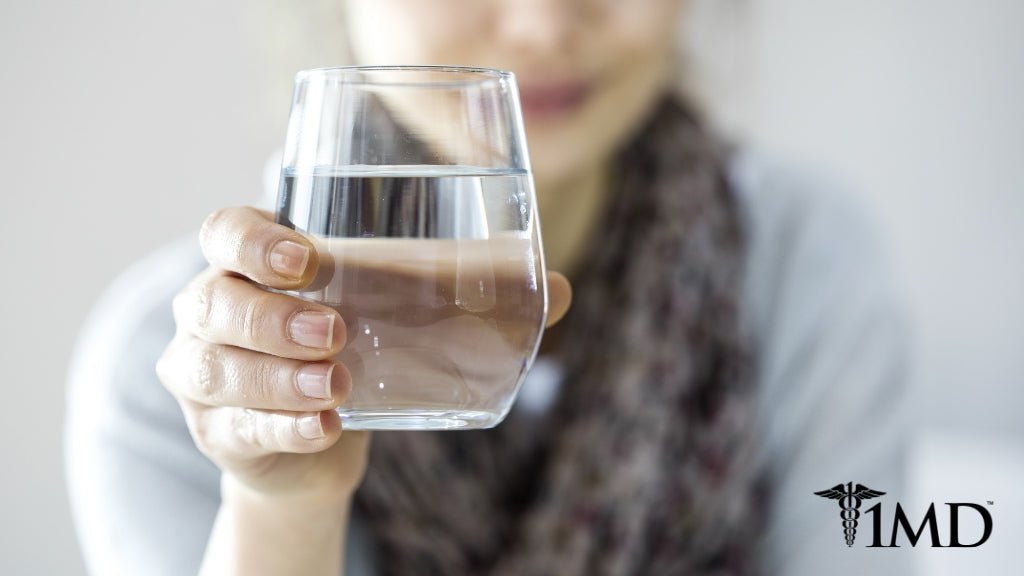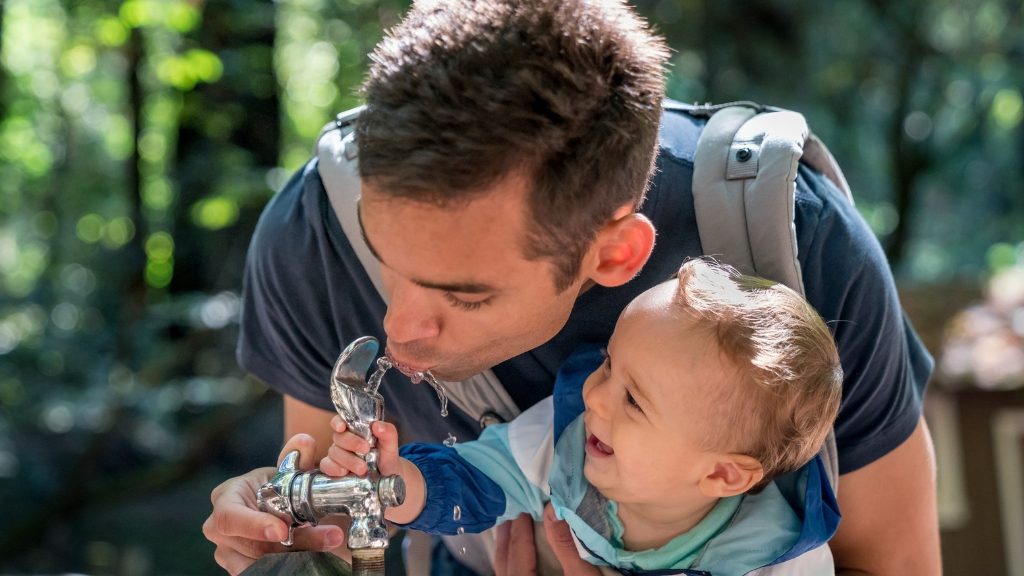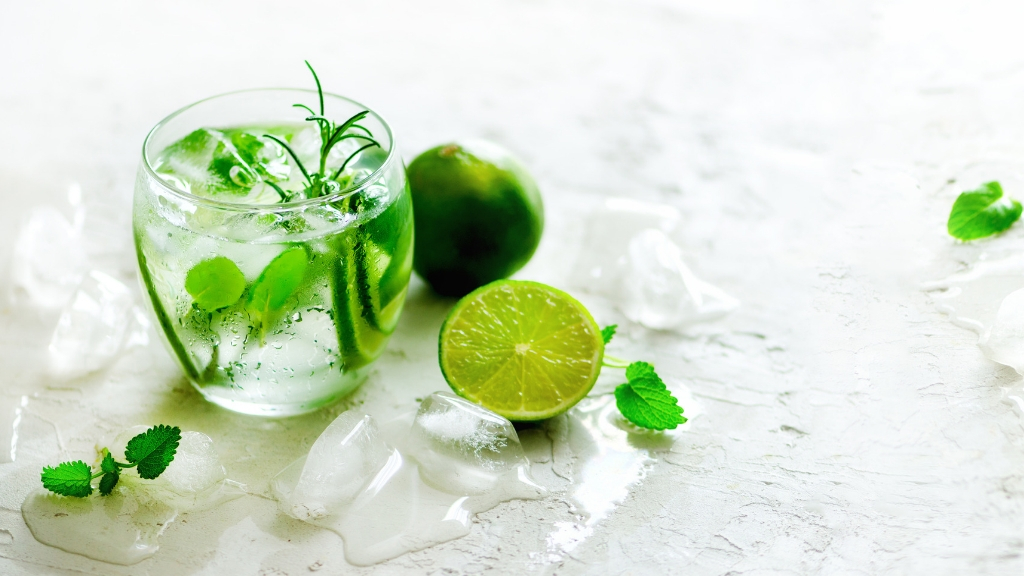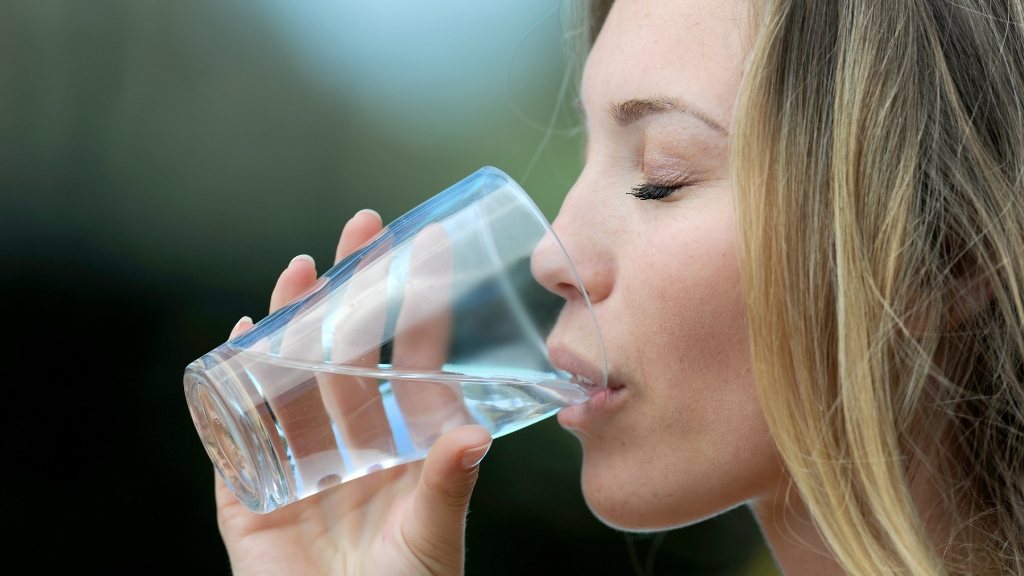How to Drink More Water for Better Kidney Health—A Quick Guide
7 minute read
If you’re managing kidney stones and have been told that you need to increase your intake of water, you’re probably having a number of different thoughts. The biggest one is how to drink that much water and how are you going to manage all those bathroom breaks.
These are common questions that patients with kidney stones have and there are many more. The following quick guide on treating kidney stones with water should answer the majority of them and help you get started on the path to healthier kidneys.
What Are Kidney Stones?
Kidney stones are hard deposits of minerals and salts that collect and form in your kidneys. They have many causes and can instigate problems at any point in your urinary tract.
Kidney stones can be incredibly painful to pass, but the good news is that they don’t usually cause permanent damage. In some situations, treatment only consists of taking pain medication and drinking lots of water until they pass out in your urine.

Sometimes there are complications with a lodged stone or urinary tract infections. In these situations surgery may be needed. If this is the case, your doctor will probably recommend several steps to help reduce your risk of having another kidney stone, part of that treatment will likely include increased water intake.
How Water Helps Kidney Stones
Water is known to dilute substances, and this is exactly what it does in your kidneys—it dilutes the substances that cause kidney stones to form.
Your brain naturally tells your body how much water you need to consume by automatically measuring blood sodium concentrations. This means you can’t rely on your brain to tell you when to drink water if you’re trying to prevent kidney stones. You’re going to have to make an effort to drink more water than your body thinks it needs.
How Much Water Is Enough?
We’ve all heard that you should drink eight glasses of water a day. The 8x8 rule of water can be very helpful to many. Drinking an 8-oz. glass of water 8 times per day amounts to a half gallon or just under 2 liters.
This is an easy amount to remember and a great daily goal for most, depending on age, gender, and physical activity habits, but few people actually drink that much water (or non-caffeinated drinks) each day. And they really don’t have to.

The Centers for Disease Control and Prevention currently states that people should drink “enough” water for good overall health. This is an important distinction because there are factors that can make 64 ounces more than enough for one person and not enough for another.
If you’re having kidney stones, one could argue that you’re not getting “enough” water for good overall health, as your kidneys are not flushing out calcium, oxalate, and phosphate. This means you need to increase your daily intake.
When you think about it that way, if you’re only drinking one glass of water a day, you are way below the suggestion of 64 ounces, you may benefit from only drinking two or three additional glasses a day. But if you drink 64 ounces daily and are still having kidney stones, you’ll need to increase that amount.
That said, there is a rule of thumb for how much water you should drink to avoid kidney stones, and that rule is based on studies that found a “sweet spot” for water consumption. The best range to be in is producing about 2.25 to 2.5 liters of urine a day.
Water intake and urine do not have a one-to-one relationship because water is used in the body and lost through sweat and other means. So, to create that ideal range of urine output it’s suggested that you consume 2.75 to 3.25 liters of water daily.
How To Drink Enough Water to Prevent Kidney Stones
If drinking 2.75 to 3.25 liters of water a day feels impossible, you’re not alone. It’s a lot, especially for people who don’t drink much water. But it’s not impossible, it just takes time and effort.

The following tricks and tips will help you get to a level of water consumption that is comfortable and supports your urinary tract health:
Start small: Don’t pull out a gallon bottle and expect to drink it in one day. That’s a herculean task for almost anyone.
Instead, chart how much you drink in a normal day and then increase that by a glass the next day. See if you can up it again in another day or two. Make little steps that you can live with.
Journal your progress: Keep a water log to track how much you drink a day. If it helps, make it a challenge or a game to see if you can get up to 3 liters a day, then reward yourself with a little treat.
Cut back on salt: If you eat a lot of salt, then you’re defeating your water drinking efforts. Salt pulls the water to other places in your body, making you bloated and keeping that water from being available for urine output.
Cutting back on salt can have the same effect as drinking more water.
| Related: Is Citric Acid the Key to Fighting Kidney Stones? |
Add flavor: There are zero- or low-calorie flavoring drops out there that can boost the taste and make it easier for some people to drink water. Or you can make your own favoring by adding sliced fruit or flavored extracts.
Go beyond water: When experts recommend drinking fluids, they actually don’t mean strictly water. You can drink tea, juices, milk, etc., and you can even eat foods that have a high percent of water, like watermelon, cucumbers, strawberries, grapefruit and more.

The Bottom Line
If you’ve ever had a kidney stone, you know it’s a pain you never want to experience again. If you’ve never had them but heard someone talk about them in any detail, you know it’s a road you do not want to be on.
The good news is that prevention of kidney stones can be as inexpensive, non-invasive, and easy as drinking more water. The bad news is that can actually be more difficult than you realize.
Taking it slowly and adding a little water every day is probably the best way to approach an increase in daily fluid intake. You want to establish this habit by making it manageable and sustainable.












